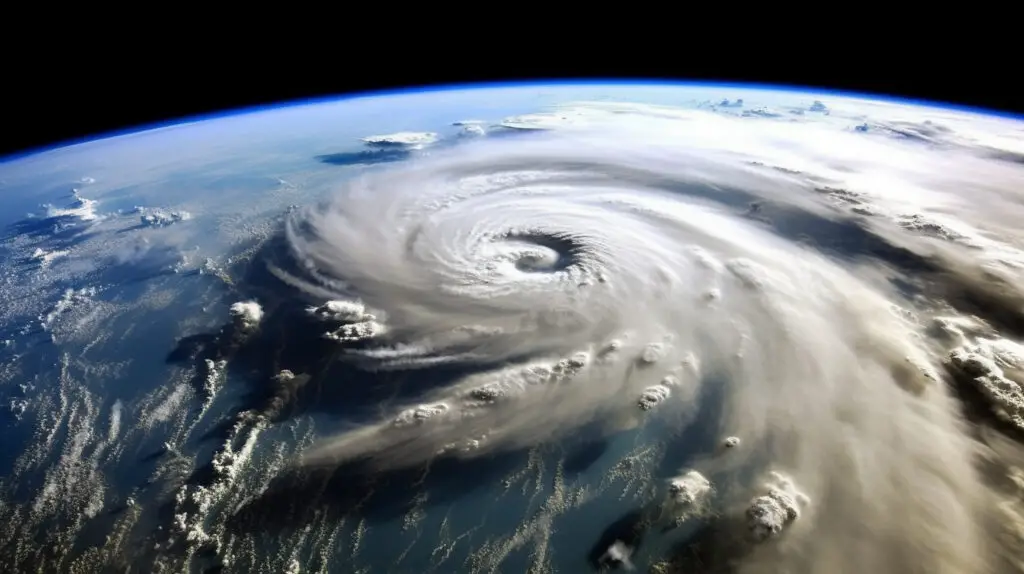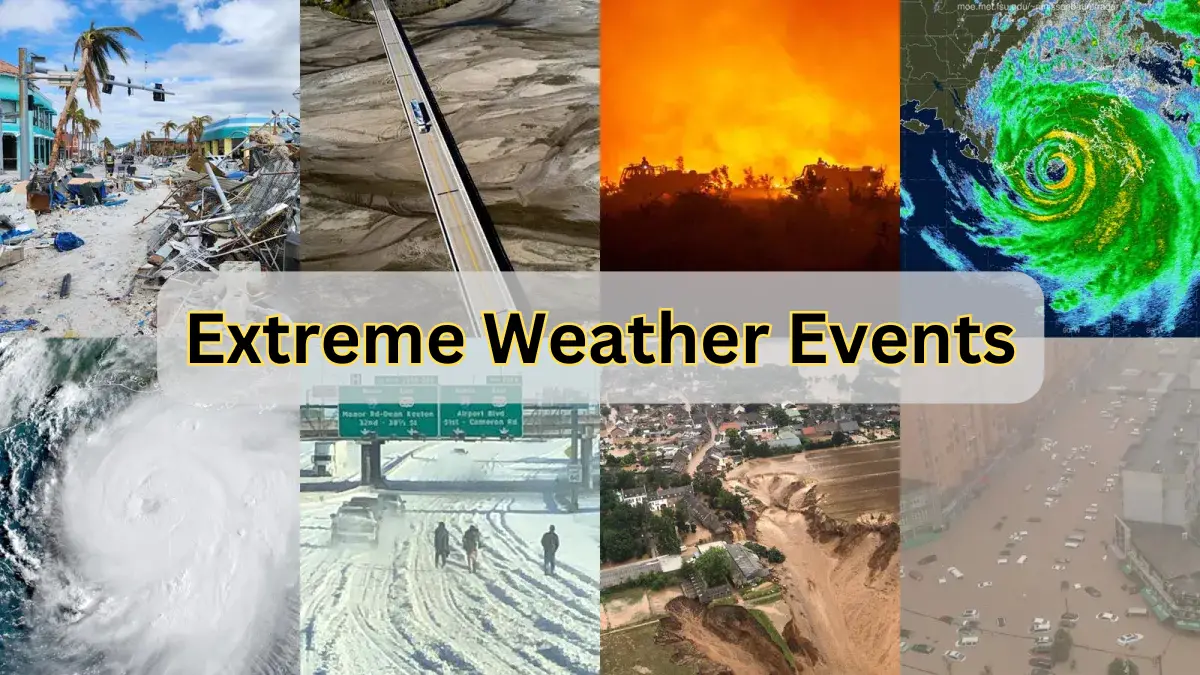As tornadoes rip through the American Midwest, cyclones devastate South Asia, and typhoons unleash chaos across the Pacific, the world is facing an unprecedented onslaught of extreme weather events. Power outages, widespread destruction, and massive displacement of people paint a grim picture of a planet in distress. The pressing question on everyone’s mind is: what is driving this surge in extreme weather, and what can be done to mitigate its impact?
The Climate Crisis: A Warming Planet’s Warning
While attributing any single weather event directly to climate change can be complex, the increasing frequency and intensity of these events align with predictions for a warming planet. Our delicate atmospheric balance is being disrupted by rising global temperatures, leading to a cascade of environmental changes:
- Warmer Oceans: As the oceans absorb more heat, they fuel more powerful and destructive storms and cyclones. The increased sea surface temperatures provide the energy needed for these storms to grow in intensity and duration.
- Increased Evaporation: Higher temperatures accelerate evaporation rates, injecting more moisture into the atmosphere. This creates a more energetic atmosphere that is prone to extreme weather events, including heavy rainfall and severe storms.
- Melting Glaciers: The melting of polar ice caps and glaciers not only contributes to rising sea levels but also disrupts global weather patterns. The influx of freshwater into the oceans can alter ocean currents and weather systems, exacerbating the severity of coastal flooding and other weather phenomena.

Human Contributions: Unsustainable Practices and Their Consequences
While natural processes are significant contributors, human actions have undeniably exacerbated the situation. Deforestation, greenhouse gas emissions, and other unsustainable practices have accelerated climate change, intensifying its effects. The clearance of forests, for instance, reduces the planet’s capacity to absorb carbon dioxide, a key greenhouse gas, while increasing the likelihood of soil erosion and flooding.
Mitigation Strategies: Reducing Greenhouse Gas Emissions
The path to mitigating the impacts of climate change lies in significantly reducing greenhouse gas emissions. This requires a global shift towards renewable energy sources such as solar, wind, and hydroelectric power. Investing in these technologies not only reduces reliance on fossil fuels but also promotes a cleaner, more sustainable energy future.
- Renewable Energy Adoption: Transitioning to renewable energy sources is crucial. Governments and private sectors must invest in technologies that harness solar, wind, and hydro power, reducing the carbon footprint of energy production.
- Sustainable Practices: Encouraging sustainable agricultural practices, promoting reforestation, and reducing waste are essential steps in minimizing human impact on the environment. These practices help sequester carbon and maintain ecological balance.

Adaptation Measures: Building Resilience
In addition to mitigation, adaptation strategies are vital to prepare for the inevitable impacts of climate change. Building resilience involves strengthening infrastructure, improving early warning systems, and developing comprehensive disaster preparedness plans.
- Stronger Infrastructure: Enhancing the resilience of buildings, bridges, and roads to withstand extreme weather conditions is crucial. This includes designing structures that can endure higher wind speeds, flooding, and other climate-related challenges.
- Improved Early Warning Systems: Investing in advanced meteorological technology and communication networks can provide timely and accurate warnings of impending extreme weather events, allowing communities to take necessary precautions.
- Disaster Preparedness Plans: Developing and implementing robust disaster preparedness and response plans at local, national, and international levels ensures that communities are better equipped to handle emergencies.
International Cooperation: A Global Response to a Global Crisis
The climate crisis is a global challenge that requires international cooperation. Collaborative efforts to reduce emissions, share technologies, and provide financial and technical support to vulnerable countries are essential.
- Global Emission Reductions: Countries must work together to set and achieve ambitious emission reduction targets. International agreements like the Paris Agreement are crucial frameworks for coordinating these efforts.
- Technology Sharing: Sharing innovative technologies and best practices can help countries, especially developing ones, to adopt cleaner energy solutions and enhance their resilience to climate impacts.
- Financial Support: Providing financial aid to nations most affected by climate change helps them to implement mitigation and adaptation measures, ensuring that no country is left behind in the fight against climate change.

A Call to Action: Ensuring a Sustainable Future
The surge in extreme weather events is a stark reminder of the urgent need to address climate change. This isn’t just about weather; it’s about the future of our planet. The actions we take now will determine the world we leave for future generations. We must act decisively to mitigate the damage and adapt to a changing climate, working together to ensure a more sustainable and resilient future.



